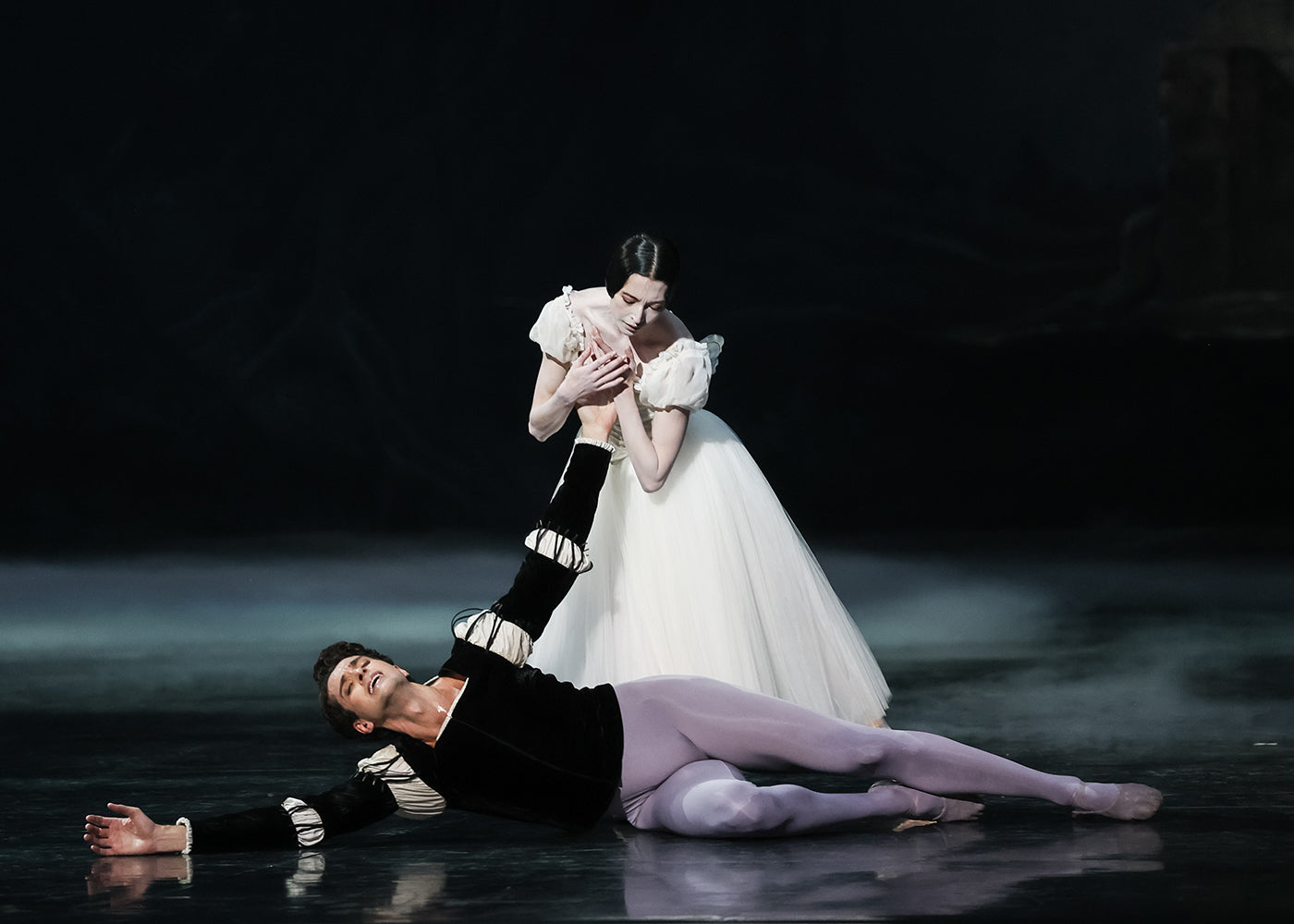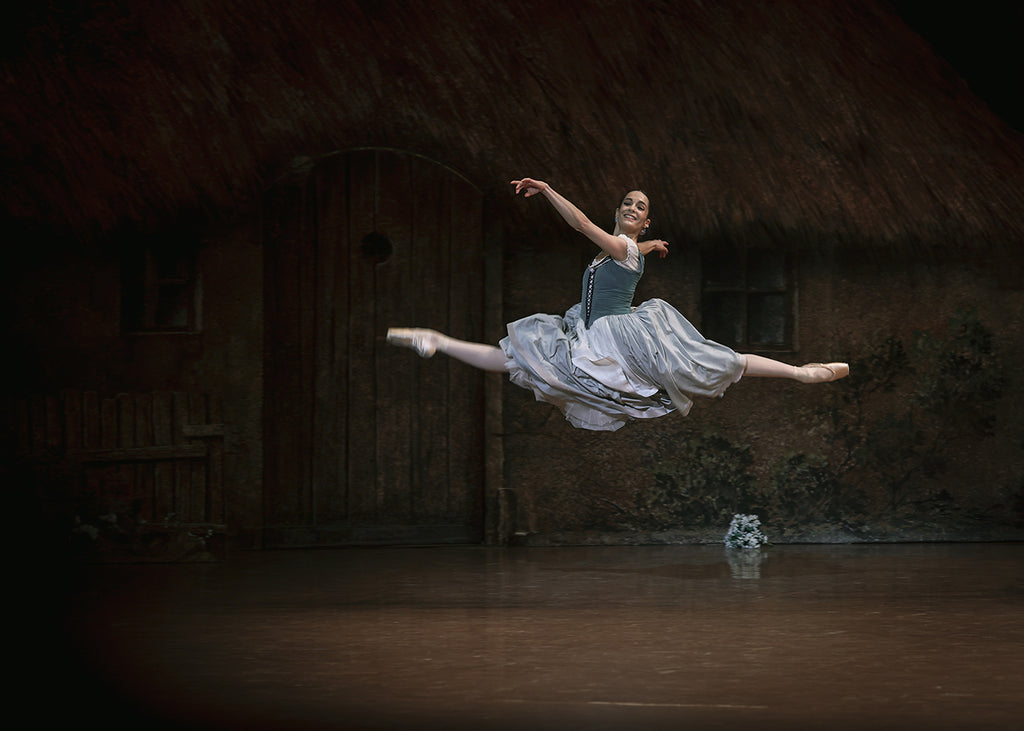Wish Come True
The Japan Society continued its Yukio Mishima Centennial Series with a newly commissioned dance work titled “The Seven Bridges (Hashi-zukushi)” based on Yukio Mishima’s short story by that name originally published in 1956.
Plus
World-class review of ballet and dance.
Giselle” is a ballet cut in two: day and night, the earth of peasants and vine workers set against the pale netherworld of the Wilis, spirits of young women betrayed in love. Between these two realms opens a tragic dramatic fracture—the spectacular and disheartening death of Giselle. Yet at the heart of the ballet is a deeper antinomy, opposing those who comply with the social order to those who dare to dream against all odds. The former return safely to their lives, but it is the latter who become immortal. Its poetic, timeless setting, together with the enduring fascination with love’s tragedies, has ensured its lasting success. Often described as the “Hamlet” of ballet, a testing ground for every interpreter, it remains one of the most cherished works in the classical repertoire.
Performance
Place
Words



“Uncommonly intelligent, substantial coverage.”
Your weekly source for world-class dance reviews, interviews, articles, and more.
Already a paid subscriber? Login

The Japan Society continued its Yukio Mishima Centennial Series with a newly commissioned dance work titled “The Seven Bridges (Hashi-zukushi)” based on Yukio Mishima’s short story by that name originally published in 1956.
PlusLondon is a changed city this week. The cold front has come, and daylight hours have plummeted. The city is rammed with tourists, buskers, and shoppers.
PlusThe Royal Ballet’s new restaging of “Everywhere We Go”—the Sufjan Stevens-scored ballet that secured Justin Peck his appointment as resident choreographer at New York City Ballet in 2014—challenges the company’s dancers to adopt a specifically American brand of pizzazz.
PlusQuadrophenia is about young men . . . and I do weep for young men still, because we are still struggling,” Pete Townshend—80 years old—playfully told Stephen Colbert while promoting the latest incarnation of the Who’s 1973 rock opera and 1979 film: “Quadrophenia: A Rock Ballet,” which ran last weekend at City Center.
Plus
comments